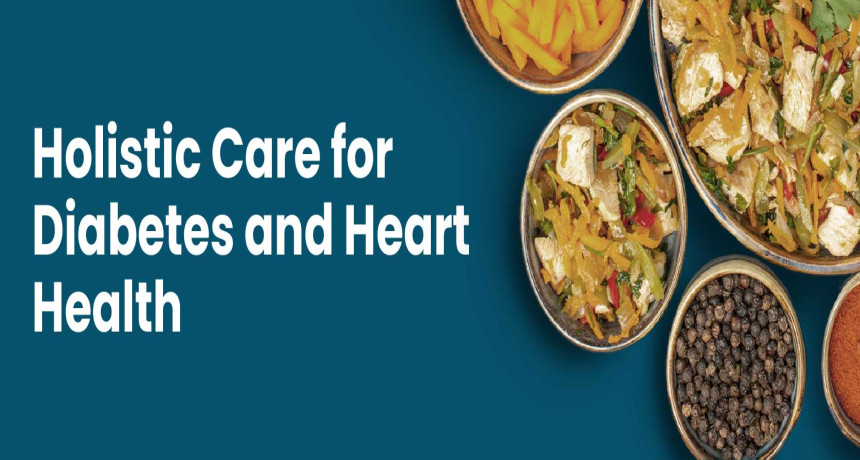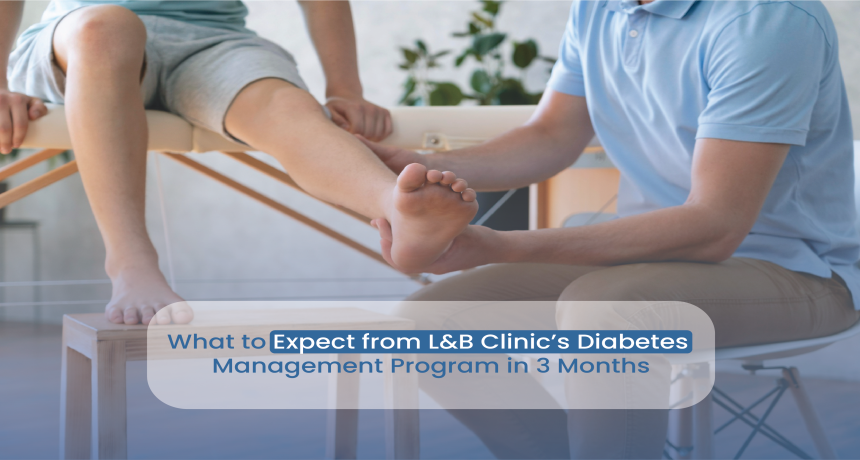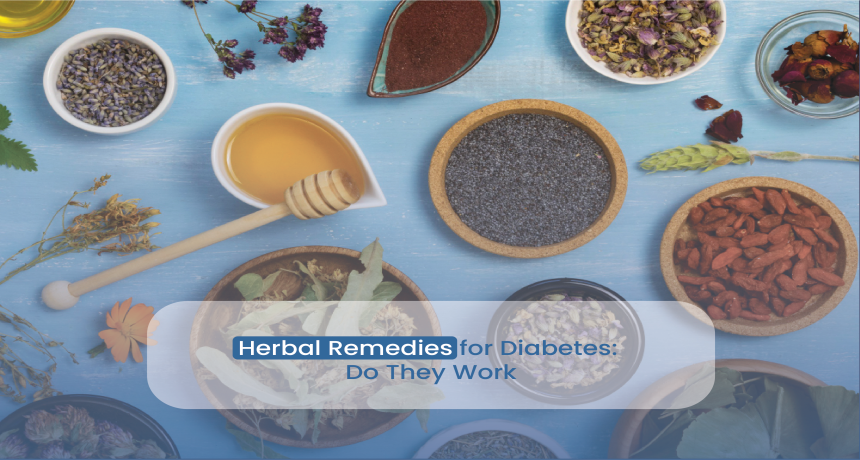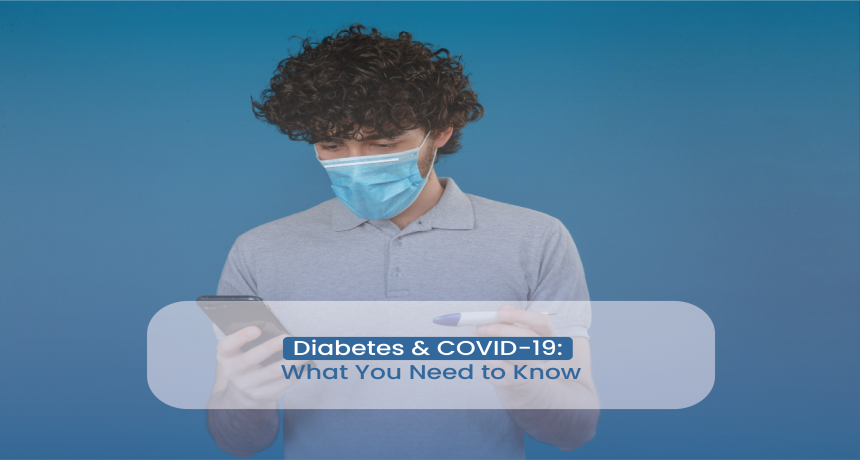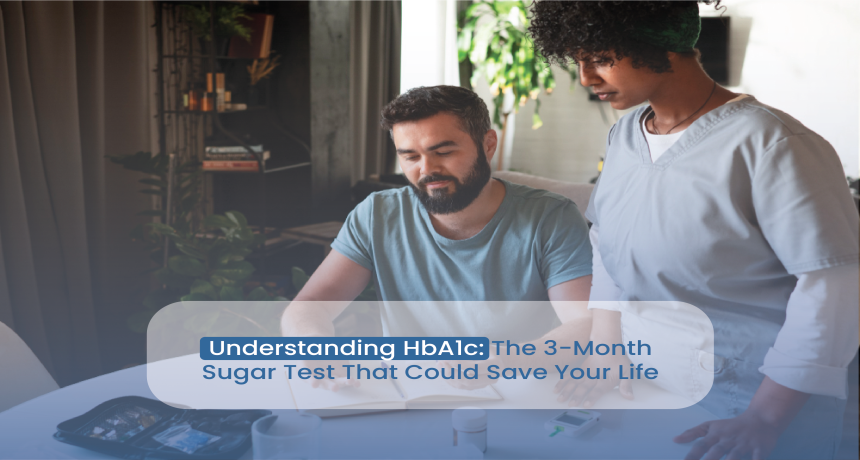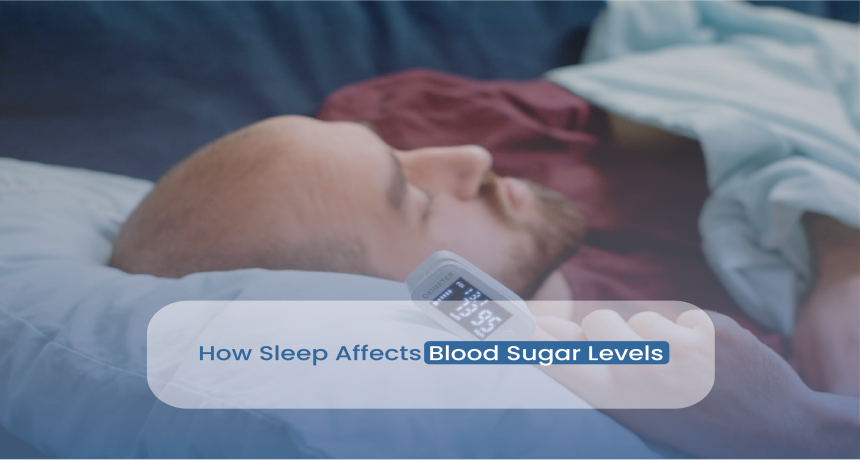What Is the First Sign of Kidney Problem? Recognizing Early Symptoms of Kidney Disease
2025-05-21 Kidney disease often develops silently — with no obvious symptoms until significant damage has occurred. By the time most patients experience discomfort, up to 70–80% of kidney function may already be compromised. In India, where 1 in 10 adults may be living with chronic kidney disease (CKD) (ICMR-NCDIR, 2022), early recognition is not just important — it's life-saving. At L&B Clinic, we focus on early detection, risk mapping, and integrative care that goes beyond symptom control. Understanding the subtle early warning signs is your first step toward prevention or effective management through our Kidney Care and Recovery Program in Delhi. The kidneys regulate: Blood pressure Waste filtration Electrolyte balance Red blood cell production Acid-base equilibrium Even minor dysfunction in the kidneys can affect the entire body — from heart and brain function to bone density and immunity— which is why understanding what are the first signs of kidney disease is so important. Without timely intervention, chronic kidney disease can progress to end-stage renal failure, requiring dialysis or transplant. When kidneys don’t function well, toxic waste builds up in the blood, leading to persistent tiredness, brain fog, and low stamina. Foamy or bubbly urine (protein loss) Frequent urination at night (nocturia) Dark-colored or blood-tinged urine Decreased or dribbling flow Impaired kidneys can’t eliminate excess sodium and fluids, leading to visible puffiness, especially around the eyes in the morning or in the lower limbs by evening. In fluid-retention states or low hemoglobin (anemia), patients may feel breathless after minimal exertion. Uremia (waste buildup in the blood) may cause ammonia-like breath odor or altered taste sensations. High levels of phosphorus or urea can irritate the skin, especially in chronic kidney decline. This occurs due to uremic toxins affecting the gastrointestinal system. Imbalance of calcium, magnesium, or potassium often results in cramps — especially at night. Individuals with the following conditions should undergo annual kidney screening: Diabetes (even prediabetes) Hypertension Heart disease Family history of kidney disease Obesity or metabolic syndrome History of long-term NSAID use Age > 50 years “The kidneys rarely shout — they whisper. A bit of swelling, a bit of tiredness — often brushed off. At L&B, we help patients hear those whispers before they become crises. Prevention isn’t just about catching disease — it’s about listening earlier and deeper.” Early stages (1 and 2) can often be stabilized or improved with lifestyle, hydration, and medical guidance. No. Most early kidney issues are painless. Pain usually arises in infections or obstructions (e.g., stones). Yes, particularly with high blood pressure, dehydration, or misuse of medications. Serum creatinine and urine ACR are standard screening tools for kidney health. Annually, or more frequently if you have diabetes, hypertension, or are over 50. By the time kidney symptoms become obvious, damage may already be advanced. If you're at risk — or even if you're not — annual screening can help you detect small shifts in kidney health before they become dangerous. At L&B Clinic, we use: Advanced renal testing Blood pressure monitoring Personalized lifestyle strategies Dietary adjustments (low-sodium, renal-safe protein plans) Ayurvedic and modern support tools to slow progression Book your kidney screening today and take the first step toward proactive, preventive renal care. Author: Gayatri Sharma ICMR-NCDIR, India (2022). CKD Burden in India: Surveillance Report. Mayo Clinic (2023). Chronic Kidney Disease Overview. National Kidney Foundation (NKF). (2021). Kidney Disease Facts and Testing Guidelines. The Lancet Diabetes & Endocrinology (2019). CKD trends in South Asia. Harvard Health Publishing. (2022). What your kidneys are telling you.Introduction
Why Early Detection of Kidney Disease Matters
Common Causes and Risk Factors
What Is The First Sign Of Kidney Problems to Watch For

1. Fatigue and Low Energy
2. Changes in Urination
3. Swelling in Ankles, Feet, or Face
4. Shortness of Breath
5. Metallic Taste or Bad Breath
6. Persistent Itching
7. Nausea or Loss of Appetite
8. Muscle Cramps
Who’s at Risk?
Diagnostic Markers Used at L&B Clinic
Stages of Kidney Disease (Based on eGFR)
Dr. Deepika Krishna’s Clinical Perspective
FAQs On Early Signs Of Kidney Disease
1. Can kidney disease be reversed?
2. Does kidney pain always occur with disease?
3. Can healthy people develop kidney disease?
4. What’s the first test I should take?
5. How often should I test kidney function?
Conclusion: Don’t Wait for Symptoms to Get Serious
Medically Reviewed by: Dr. Deepika Krishna, Founder, L&B ClinicReferences
.png)

